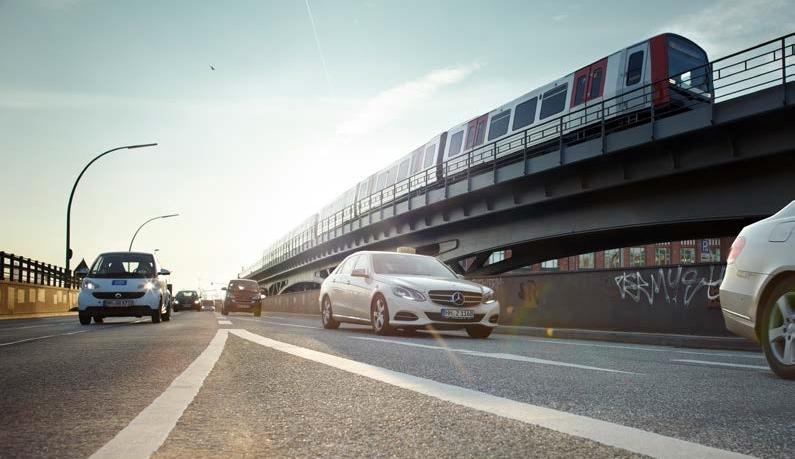
The concept of mobility as a service (MaaS) is gaining popularity as a method of increasing public transit ridership and improving traffic on the road, thereby enhancing the quality of life for citizens. While MaaS is not a new concept, it is rather an evolution of customers' mobility requirements and pricing models.
MaaS improves the user experience and convenience by offering a single account or application to provide different mobility services ranging from public transport (for example rail and metro services) to rental, as well as ride-sharing services (for example, Uber, Lyft, etc) and self-driving cars.
This white paper will define and explain the concept of MaaS, alongside the vision of open data. It will demonstrate how MaaS will disrupt the smart city landscape, delivering a successful multi-modal mobility strategy covering transport and payments. It will aim to clarify any technical or business challenges posed by MaaS, and steps required from stakeholders (ranging from transport, automobile, insurance and healthcare to energy sectors) to address any such issues.
Share